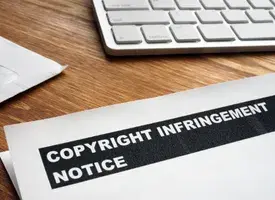How to conduct Invalidity or Validity search in India?
Invalidity or Validity search is conducted after the grant of patent in order to determine the novelty and inventive step of patented invention at the time when patent application was filed. This search is instrumental in determining the strength and enforceability of a patent, particularly when assessing potential infringement risks or defending against legal claims. These two searches are identical except for the desired outcome (valid or invalid patent claims) of the search.
Validity Search aims to confirm the strength and legitimacy of a granted patent, ensuring that its claims hold up against prior art. Invalidity Search, on the other hand, is conducted to challenge a patent’s claims, usually in response to infringement allegations or to avoid legal disputes.
Validity/ Invalidity Search can performed for the following purposes:
- Invalidate Patent when threatened with infringement: entities facing infringement lawsuits can conduct an invalidity search to identify prior art that could render the patent unenforceable.
- Prepare for Patent Enforcement: when entities seek to assert their patents against infringers, they must first verify that their claims are legally sound through a validity search.
- Prior to Patent Licensing and Commercial agreements: before licensing a patent to third parties, entities conduct validity searches to confirm its enforceability and market value.
- Prevent future litigation risks: conducting validity searches proactively helps entities identify potential vulnerabilities in their patents, allowing them to take corrective measures before facing infringement claims.
- Improve patent drafting and filing strategy: Identifying weaknesses in existing patents through an invalidity search helps inventors refine claim drafting for future patent applications, ensuring stronger protection.
Assist investors in due diligence: Investors evaluating startups and other entities often conduct validity searches on key patents before making investment decisions to minimize risks.








